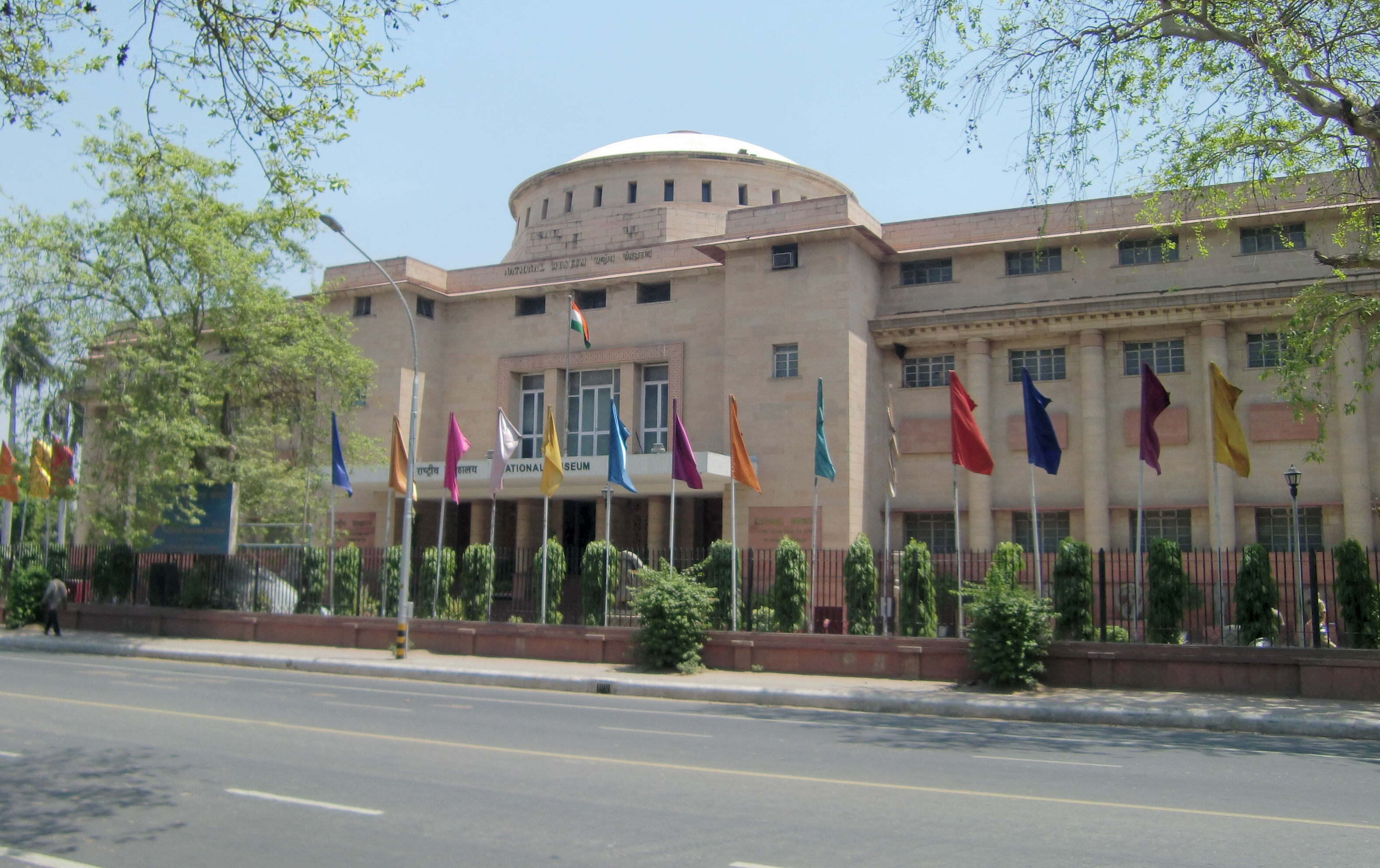Museums In India Need To Expand Their Vision

Museums, national identity, and culture are connected through the human experience of emotions and objects. These objects stoke nostalgia through emotions in which man can situate his being in all cultural constructs of history.
On the occasion of International Museum Day -- organized by the National Museum, Ministry of Culture, UNESCO Delhi Office, Partition Museum and Dronah -- one can glean the mental conditionings of the leaders and executors of the museum spaces in India. Some of the most intelligent people in the field today agree that museums in India are still a long way from realizing the full potential of being cultural islands of time that speak to one’s imaginations in visceral and potent ways.
These spaces presently are a display cell for a plethora of objects that show the variety of Indian culture without a story to tell. They do not yet caress our imagination which remains secondary to the ethos of present museum culture. However, the ability of these objects to take one back in time presents a fantastic potential that is yet to be harnessed.
The common man entering a museum presently still remains divorced from the aesthetics of India as ‘his’ India remains distant from the India he may be viewing. Such a distance in leading the viewer to find himself in an exhibit is yet to be ideated upon and developed in the country’s authentic language. The gap needs to be bridged wherein a National Museum or State Museum need to abandon the tag of high culture places, but places that shape cultural identity of the individual and commemorates the south Asian human efforts on synthesizing an intricately crafted culture unique to our people.
The UNESCO recommendations concerning the protection and promotion of museums and collections, their diversity and their role in society defines the term ‘museum’ as a “non-profit, permanent institution in the service of society and its development, open to the public, which acquires, conserves, researches, communicates and exhibits the tangible and intangible heritage of humanity and its environment for the purpose of education, study and enjoyment”.
The Term ‘collection’ is defined as “an assemblage of natural and cultural properties, tangible and intangible, past and present” and finally the term ‘heritage’ is defined as a set of tangible and intangible values, and expressions that people select and identify, independently of ownership, as a reflection and expression of their identities, beliefs, knowledge and traditions, and living environments, deserving of protection and enhancement by contemporary generations and transmissions to future generations. The term ‘heritage’ also refers to the definitions of cultural and natural heritage, tangible and intangible, cultural property and cultural objects as included in the UNESCO culture conventions.
Understanding these above definitions in the age of digitization and globalization, the government and private institutions now realize the potential and value of a museum in relation to economy, quality of life, forging a social role in situating identity and generating livelihoods. Dr. Jyotindra Jain pointed out the need for upgrading basic elements of museum display such as lighting, information sharing, digitization, conservation and storage needs to become more mindful of the landscape the museum operates in.
the most important factor that can guide an average display to become a meaningful and pointed display is the intuitive curation by a specialist. Curators and curating are at the heart of what makes museums. As cultural instruments of communication, museums allow the selection of displaying storylines about objects and people that are culturally, ideologically and politically weighted including contested histories. The focus of the intelligentsia now needs to be on new trend in curatorial practices, the alchemy of curating, the challenges and collective vision for community engagement through museums.
An example of the same is recounted by Dr. Jain in Berlin where he visited the upcoming Museum für Asiatische Kunst which has spent over 950 Million Euros in acquiring Indian Art, to populate 50 percent of its collection into one of Indian origin. This focus highlights the value of the 95 percent percent of Indian art which still lies in storage in our museums in India and are of high demand, with the potential of commanding high revenue.
Additionally NITI Aayog CEO, Amitabh Kant urges authorities in revisiting the need for a Museum Authority of India. He showcased Bilbao as an example to eloquently present a comparable model wherein a city which was overrun by poverty has been elevated to a world class tourist destination in record time owing to the strength of one museum -- the Guggenheim -- pulling tourists from all over the world to re-route their itineraries through this city to experience a fresh culture that is simulated through the soft power of music, theatre, museum displays, etc with a large museum establishment as the anchor to this thriving economy.
In the last 60 years of India’s independent attempts at recording its own history, the country remains behind schedule in proudly reclaiming its struggles and narratives by fashioning a multifarious national identity through cultural endeavors can successfully build creative economies. Through private and public efforts now the country is witnessing a renaissance of sorts where in museums are addressing contested histories by saying the so far unspeakable in museums. Museums such as the Partition Museum, Amritsar, Remember Bhopal museums are not only recording oral histories but becoming forums for free expression, exhibition and becoming places of paying homage to our modern past, and inspiring academic enlightenment by allowing people to deliberate on their personal histories.
The museums that are based upon tangible evidence of cultural as scientific progression of humankind are now becoming relevant arenas of engagement for the common man. It is through these efforts Mr. Sabyasachi Mukherjee, Director General and Board of Trustees CSMVS says “that an environment is created that allows viewers to learn, reflect and assimilate the world on their own basis, the baggage of preconceptions and biases can be dispelled and new enlightenment attitudes engendered.”



